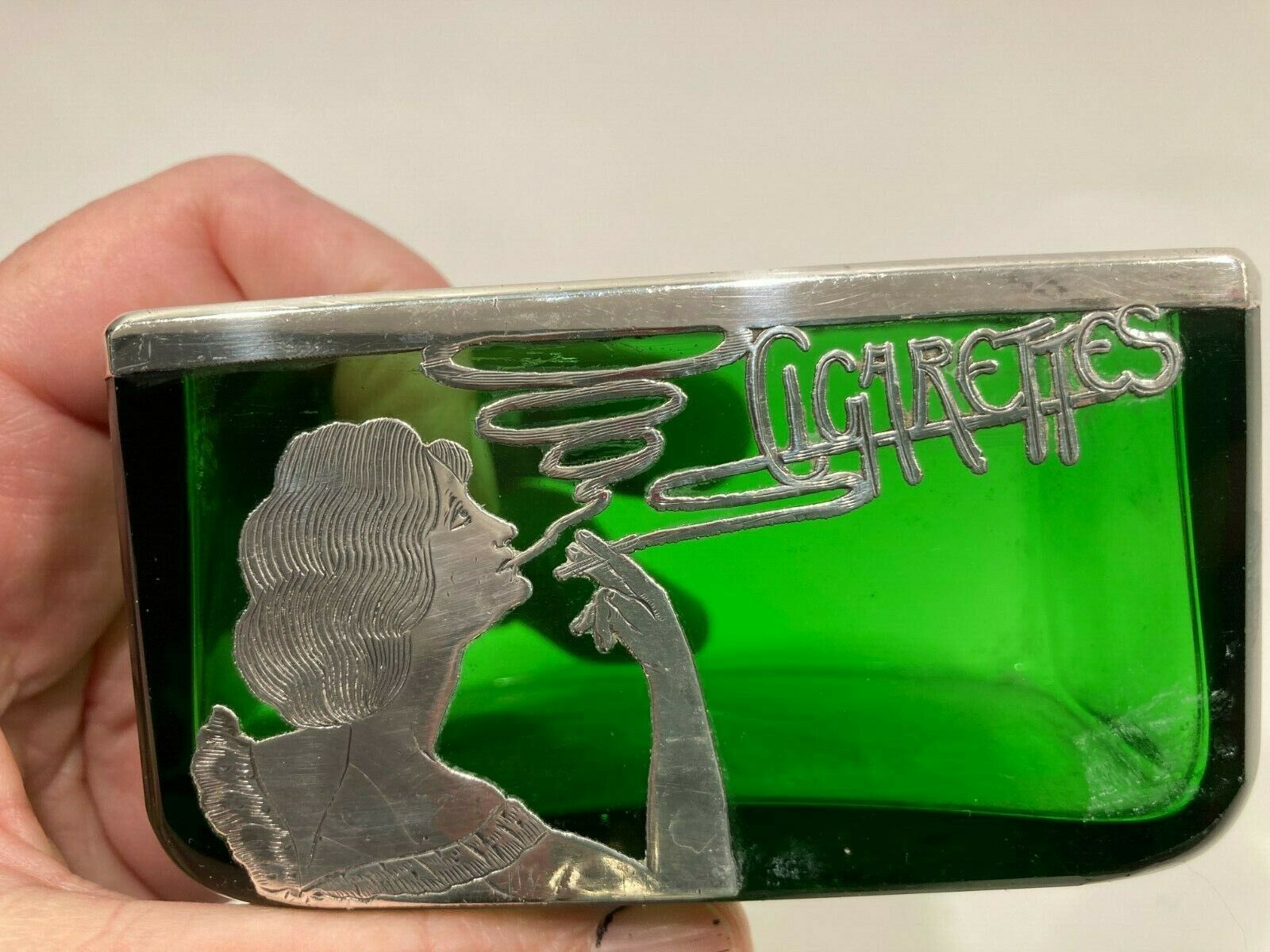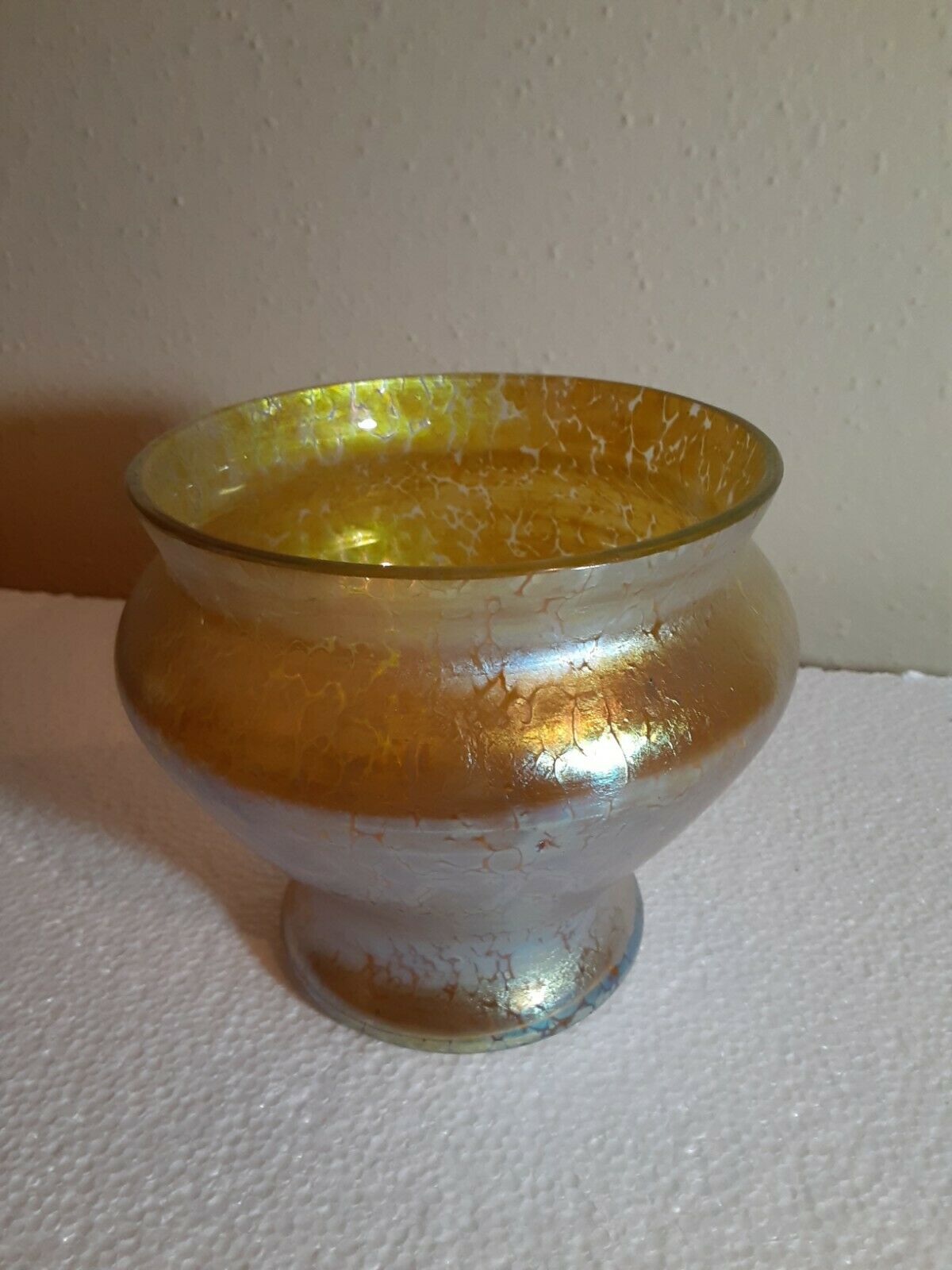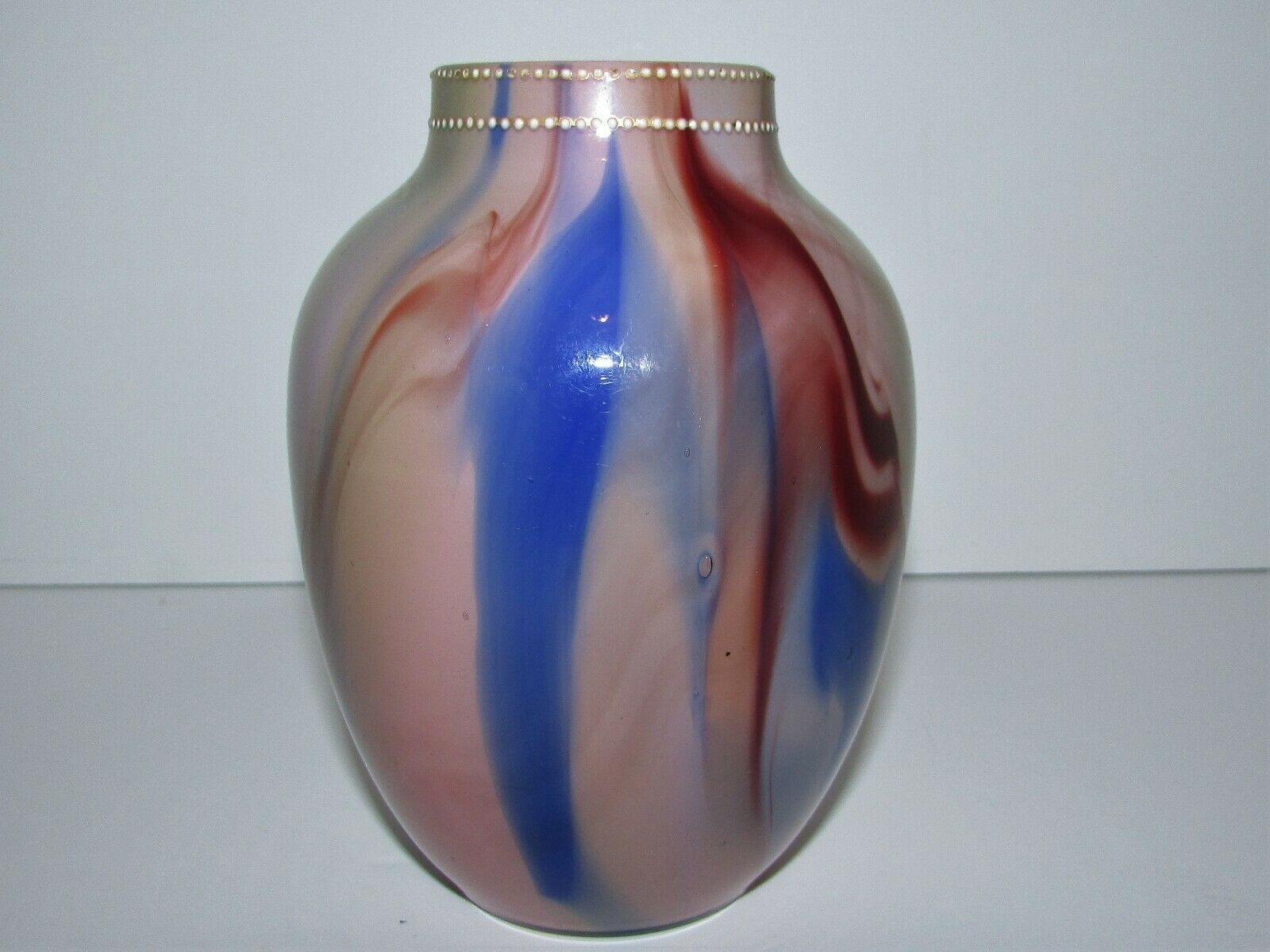-40%
Loetz Rubin Matte Iris Handled Ewer Vase. Rare 1898
$ 897.6
- Description
- Size Guide
Description
Loetz Rubin Matte Iris - 1898 (aka: rubin metall)Registered Model: PM I-7875
Ruby ground; metallic-bronze iridescent finish (iris) with purple highlights. More beautiful than my several papillon silver overlay vases.
Height: 7.75 Inches
Width: 4.25 Inches
Condition: Excellent
AVANTIQUES is dedicated to providing an exclusive curated collection of Fine Arts,
Paintings, Bronzes, Asian treasures, Art Glass and Antiques. Our inventory represents
time-tested investment quality items with everlasting decorative beauty. We look forward
to your business and appreciate any reasonable offers. All of our curated items are
vetted and guaranteed authentic and as described. Avantiques only deals in original
antiques and never reproductions. We stand behind our treasures with a full money
back return if the items are not as described
.
In 1836, Johann Eisner established a glassworks in the Southern Bohemian town of Klostermühle, today part of the Czech Republic and called Klášterský Mlýn. His heirs sold the glassworks to Martin Schmid in 1849, and two years later Schmid sold it to Frank Gerstner, attorney-at-law, and his wife Susanne. Susanne was the widow (‘Witwe’ in German) of Johann Loetz, a glassmaker about whom we know very little. Gerstner transferred sole ownership to Susanne shortly before his death in 1855, and she successfully led and expanded the company during the subsequent 20 years, manufacturing mainly crystal, overlay and painted glass. In 1879, Susanne transferred the company – now called ‘Johann Loetz Witwe’ – to Maximilian von Spaun, the son of her daughter Karoline. One year later, von Spaun hired Eduard Prochaska and the two of them modernized the factory and introduced new, patented techniques and processes.
The Historicist Period
The first fruits of this collaboration were exciting innovations in Historicism glass, including Intarsia and Octopus glass and the very popular marbled (‘marmorisierte’) glass which imitated semi-precious stones like red chalcedony, onyx and malachite. Success at exhibitions in Brussels, Munich and Vienna were crowned by awards at the Paris World’s Exposition in 1889. In 1897, von Spaun first saw Tiffany Favrile glass exhibited in Bohemia and Vienna, and this convinced him that the art nouveau style was also the way to go for Loetz Witwe. The next eight years were to be the most artistically significant and profitable period in the entire history of the company.
The Art Nouveau Period – the Glory Years Loetz Paris-Expo1900Loetz Paris-Expo1900The glassworks created large numbers of its own new designs of iridescent, trailing art nouveau glass, sometimes in collaboration with well-known artists and designers like Marie Kirschner and Franz Hofstötter (aka Franz Hofstätter). The zenith of Loetz art nouveau glass was epitomized by the so-called Phänomen series of designs, much of it designed by Hofstötter, which won a Grand Prix (alongside Tiffany, Gallé, Daum and Lobmeyr) at the Paris World’s Exposition in 1900. The company’s success during this period had two prime drivers – the technical expertise of Prochaska and the business acumen of von Spaun. Loetz Witwe created many of its own designs, and also supplied glass commissioned by major customers like E. Bakolowits (Vienna) and Max Emanuel (London).
Please also consider Avantiques eclectic Art Glass and Pate De Verre collection
including Emile Galle, Daum Nancy, Schneider, Argy Rousseau, Almeric Walter,
D’Argental, St Louis, Decorchemont, and Louis Comfort Tiffany Studios. We strive to
collect the highest quality Glass pieces in exceptional condition
.
















